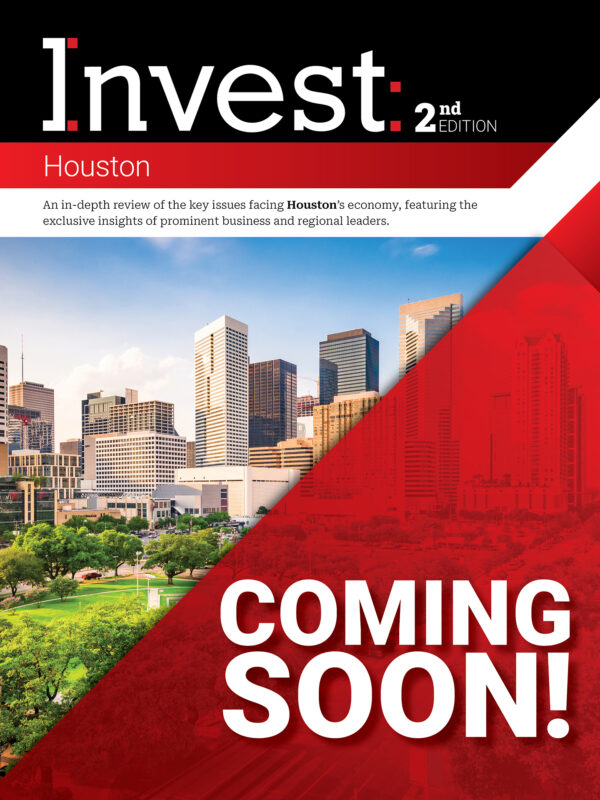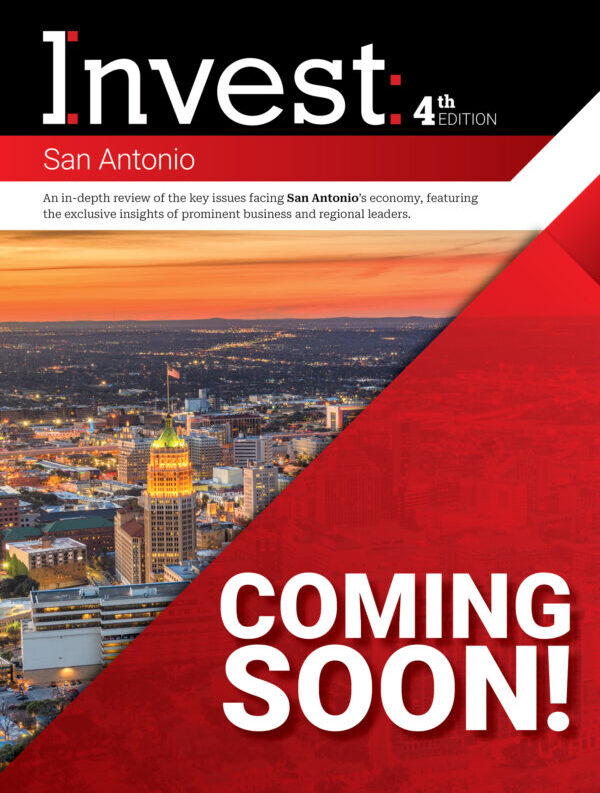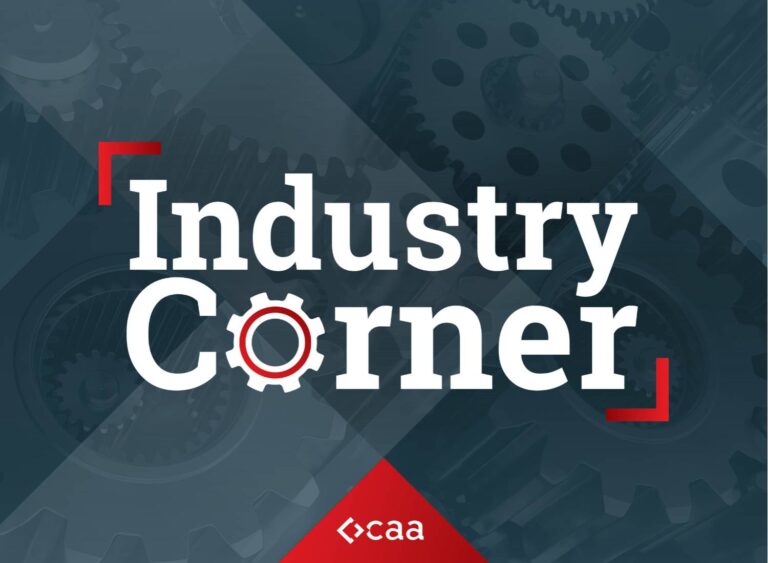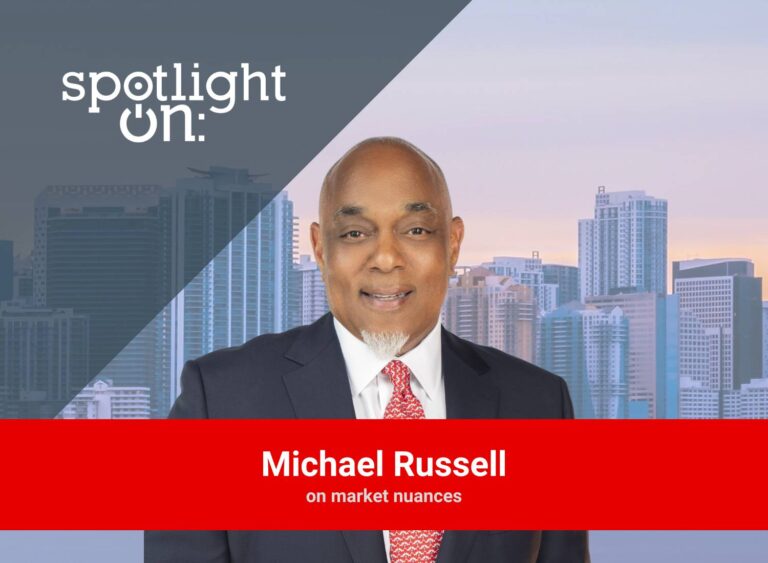Rob Long, President & CEO, Space Florida
Rob Long, president and CEO of Space Florida, sat down with Invest: to discuss the current state of the aerospace industry in Florida, projects in the pipeline, and what the future holds for innovation in aerospace transportation. “The state has already invested over $400 million in space-related infrastructure, with projects spanning across the aerospace industry,” he said.
What significant milestones or accomplishments has Space Florida achieved in the past year?
Given how we operate and our partnerships with organizations across the state to grow the aerospace industry, there are many milestones to highlight. The most significant is the number of launches in the past year at our critical node in Cape Canaveral. There were 72 launches from the state in 2023, a record. From a larger aerospace perspective, the activity we have seen speaks to the growth across the state. A great example is on the Space Coast with Amazon’s Project Kuiper facility. We encourage growth through our financing toolkit and are working with Project Kuiper to build a satellite payload processing and readiness facility.
If you look across the state, though, countless aerospace programs and companies have either grown or relocated to Florida. There are roughly 150 projects in our pipeline today. That number ebbs and flows at any given time, but it is definitely increasing. We recently worked with our federal delegation in Congress to push forward an initiative to make spaceport bonds tax-exempt, similar to airports or seaports. These exemptions are good for the country and foster infrastructure investment. The state has already invested over $400 million in space-related infrastructure, with projects spanning across the aerospace industry. There is definite growth happening regularly, and the state of Florida is all-in on supporting us.
How does Space Florida’s effort to develop international commercial transportation through space commerce contribute to redefining economic exchange?
The first step is normalizing space as a mode of transportation. Space is truly just that, much like air, land, and sea. Commerce has to flow through all of those modes of transportation. We are looking at how to start defining and expanding the different concepts associated with space transportation. Until now, the focus has been traveling to and from space, but over time we will want to start considering what it is like to transport things through and in space. Then, you can expand from there to the moon. Our intention is to start looking at all of the frameworks currently out there in other industries’ modes of transportation. These can be applied to space, and we can structure the framework that is beneficial to the growth of the industry. We are early in that process right now. There are various layers, including how this will work internationally and the efforts required. We want to start working through it now so that we are postured for the day when space transportation is the norm, and we are just as likely to move people and cargo through space as we do now via air, sea and land.
What is the significance of your collaboration with the Florida Department of Transportation (FDOT)?
The main partnership we have with FDOT is through the Spaceport Improvement Program. It was set up several years ago and supports infrastructure projects that are important to launch service providers who want to expand their launch capabilities and increase launch cadence. There is also the common-use side, which allows us to make improvements that impact the entire industry– for example, roads and environmental work.
What does the aerospace industry’s labor market look like today?
Highly skilled technical labor is in high demand. When talking with companies looking to move here, they want to know what the workforce situation is, so we must continue developing our aerospace workforce. Generally, we are not short on numbers overall, but people have to understand where the opportunities are. We have to continue linking people with the right skills with aerospace opportunities. We invest in partnerships with schools, the state, and companies themselves to drive this.
How do you envision the organization’s role in shaping the future of aerospace?
Space Florida specifically and Florida more broadly are in a unique position. One of the most critical nodes of space transportation is in the state of Florida. I liken it to other geographically unique locations like the Panama Canal. We can leverage our partnerships with NASA’s Kennedy Space Center and the U.S. Space Force teams to identify what space transportation of the future looks like. How can we take advantage of this location? How do we ensure the infrastructure is here? What is often overlooked when discussing any mode of transportation is that they are infrastructure intensive. We cannot lose sight of that. We will continue to invest in infrastructure to stay ahead of what we think the demand signal looks like. That is very much space-focused, but I would expand this point not only to the aerospace industry across the entire state of Florida as well.













